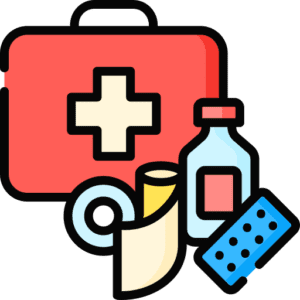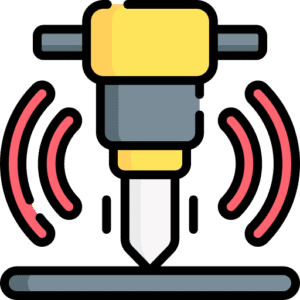CSCS Electrical Safety Test
Why is Electrical Safety Important?
Electrical hazards are one of the leading causes of injuries and fatalities on construction sites. Workers often deal with exposed wires, faulty equipment, and high-voltage systems, making proper safety awareness essential. The CSCS Electrical Safety Test ensures that construction workers understand electrical risks, safe practices, and emergency procedures.
What Will You Learn in This Test?
This test assesses your knowledge of electrical hazards, safety procedures, and regulatory compliance. By taking this test, you will learn:
The most common electrical hazards on construction sites
How to safely use electrical tools and equipment
The importance of grounding, insulation, and circuit protection
How to identify and respond to electrical emergencies
Employer and employee responsibilities under UK electrical safety regulations
Key Topics Covered:
Common Electrical Hazards – Exposed wiring, wet conditions, overloaded circuits, and faulty tools.
Safe Use of Electrical Equipment – How to inspect and handle power tools safely.
Electrical Safety Measures – Importance of Residual Current Devices (RCDs), circuit breakers, and proper insulation.
Emergency Response – How to react to electric shocks and report electrical faults.
Legal Responsibilities – Compliance with the Electricity at Work Regulations.
Why Take This Test?
Reduce the risk of electrical injuries by following safe practices.
Stay compliant with UK health and safety regulations.
Improve workplace safety by understanding electrical hazard prevention.
Prepare for the CSCS Electrical Safety Test today and ensure a safer working environment!

















